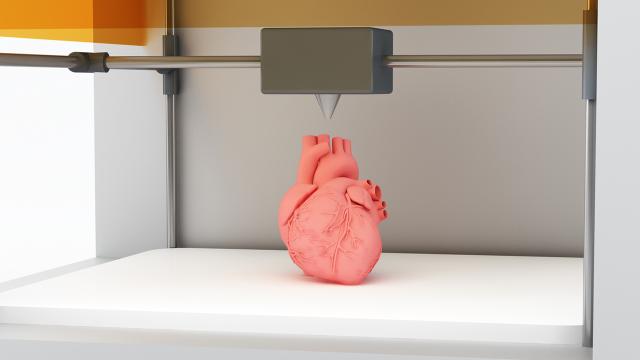While we may not have embraced 3D televisions in our homes as much as manufacturers would like, Australians are certainly on board with the technology creeping into almost every other part of our lives – including dating, education and…organs.
Sony Mobile Communications has released the results of a survey designed to determine our usage and attitudes to “immersive technologies”.
Surprisingly, Of all technology advances, it turns out we are most excited by 3D, over Augmented Reality and Wearables. So much so, that four in ten of us are open to receiving a 3D printed organ – over that of a human donor.
62 per cent of women surveyed, and 50 per cent of men expect 3D tech will enable better long distance communication, including the ability to video call with someone in 3D as an in-person image – like a hologram. And 72 percent of the next generation of parents are “excited to capture their children growing and maturing in 3D”.
62 per cent say they will capture, store and share 3D memories with others, three in five expect all their future social media pictures and updates to be entirely shared in 3D, and 37 per cent of men are keen to scan themselves in 3D to find love on dating sites.
“Different things can shape a generation, like demography, conflict or culture” explains Dan Woodman, Associate Professor of Sociology, University of Melbourne, “But, as we are entering an era where technology is profoundly reshaping our societies, generations are increasingly defined by the technologies that shape their life, and how they will use that technology to shape their future.”
“The evolution from 3D in the home on your TV, to now being native on your smartphone, is really exciting,” said John Featherstone, Managing Director, Sony Mobile Communications Oceania.
“Imagine a time where you can transport yourself into a French lesson in France all from inside your bedroom in Sydney? The possibilities enabled by this technology are endless. When we look to consider what this future generation may be defined by, 3D will certainly have a huge role to play. At Sony, we like to think of these future generations as Dimensionals, defined by the multifaceted dimensions in which they will connect, communicate and share their lives.”
Dimensionals, folks.
Woodman says it’s a fact digital technology is going 3-Dimensional.
“In all kinds of devices, including our phones, technology is no longer contained to two dimensions. The question is – what will people do with these new technologies? It could create new modes of human connection and allow us to express ourselves in new ways. It will be interesting to see how people make use of this extra dimension,” explains Dan Woodman.
51 per cent of those surveyed said 3D technology will “break down cultural boundaries more easily”, and three in 10 believe it will make us more aware of social issues around the world – and aiding more open, honest communication.
The research was commissioned by Sony to coincide with the launch of what is says is the world’s first native 3D phone feature as a part of the Android 8.0 Oreo rollout. It will hit Xperia devices first.
